In recent years, cryotherapy has gained popularity in the beauty industry thanks to its instant and visible effects. But the benefits go far beyond aesthetics: it can help with pain, swelling, and inflammation. One of the most popular ways to use cryotherapy is Skin Icing, or facial ice massage. This simple procedure restores the skin’s glow, helps reduce puffiness, and even combats acne. Read on Joy-pup to learn how it works, who it’s suitable for, and how to do it properly.
What is Skin Icing?
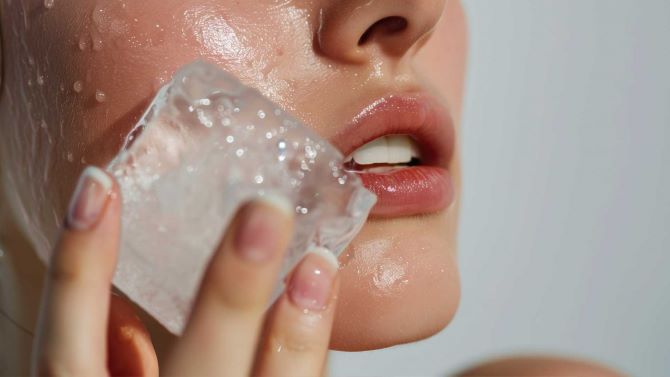
Skin icing is a method of applying an ice cube to the face to improve its condition. The low temperature boosts blood circulation, tightens pores, stimulates lymphatic drainage, and has an instant toning effect. This method isn’t new — it was used years ago as a therapeutic technique, but has recently gone viral again on social media.
Skin Icing can easily be done at home — all you need is one or several ice cubes and a soft cloth. There are also special skincare tools like rollers, masks, and glass globes.
Benefits of Skin Icing for the Skin
Reduces puffiness and dullness. Cold temperatures prevent fluid retention in the tissues and activate lymph flow. The face appears fresher and more toned.
Minimizes under-eye bags. Skin Icing is especially effective for morning puffiness under the eyes caused by sleep or fatigue. However, it may be ineffective if under-eye bags are due to genetics.
Improves skin tone and gives a radiant glow. The constriction of blood vessels makes pores and wrinkles less noticeable, creating a lifting effect. The skin looks younger and more luminous.
Soothes inflammation and acne. Ice tightens pores, reduces inflammation, and helps control sebum production, making it beneficial in treating acne.
How to Do Skin Icing at Home
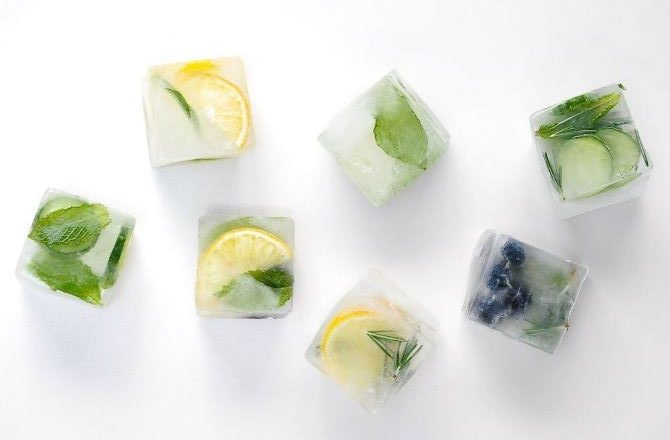
What you’ll need:
- 4–5 ice cubes
- A soft cotton cloth or tissue
- A towel to dry off moisture
Procedure steps:
- Cleanse your face with a gentle cleanser.
- Wrap the ice cubes in a cloth.
- Massage your face in circular motions for 1–2 minutes.
- Focus on areas like the forehead, cheeks, nose, chin, and around the lips.
- Gently pat your skin dry after the procedure.
- Apply a serum, moisturizer, and eye cream.
Additional tips:
- Don’t perform the procedure more than once a day.
- You can freeze aloe vera, green tea, or cucumber juice to enhance the effect.
- Avoid prolonged contact of ice with the skin — this may cause frostbite.
When is Skin Icing Not Recommended?
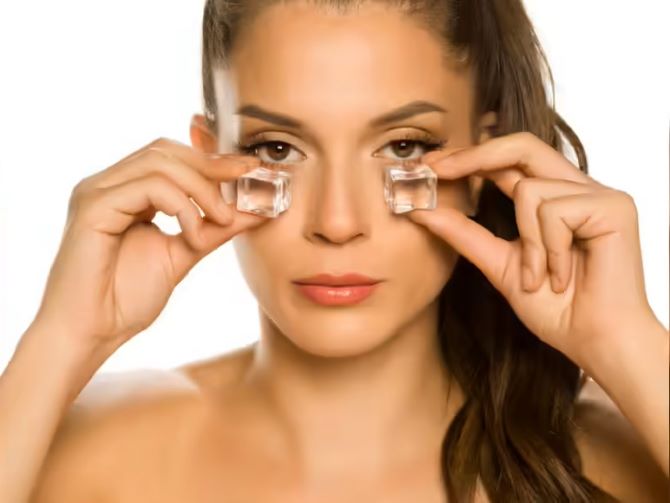
Despite being simple and versatile, icing isn’t suitable for everyone. People with thin and sensitive skin should avoid this procedure, as ice may cause irritation and redness. Those with spider veins, rosacea, or enlarged capillaries should also skip Skin Icing, since the cold can worsen these conditions and make blood vessels more visible. Additionally, Skin Icing should not be used immediately after cosmetic treatments such as peels, laser resurfacing, injections, or surgeries. In such cases, the skin needs time to heal, and any cooling methods should be discussed with a doctor beforehand.
Read also:
5 Mistakes We Make When Applying Eye Cream
How to Get Back to Your Weight After a Vacation: 6 Effective Steps


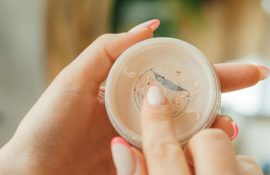

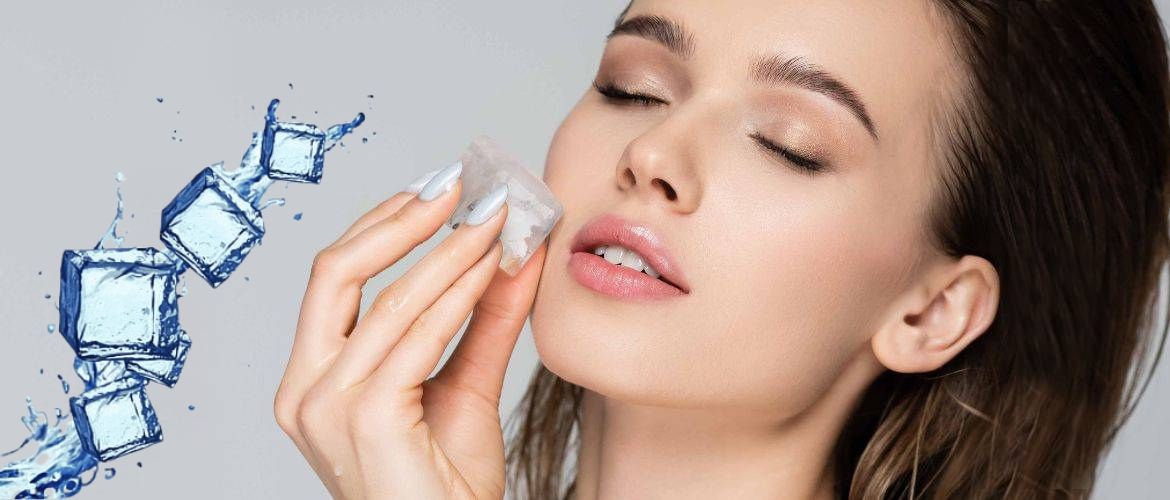

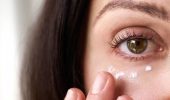
Only registered users can leave comments